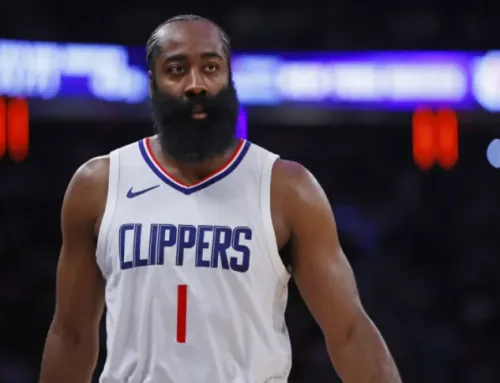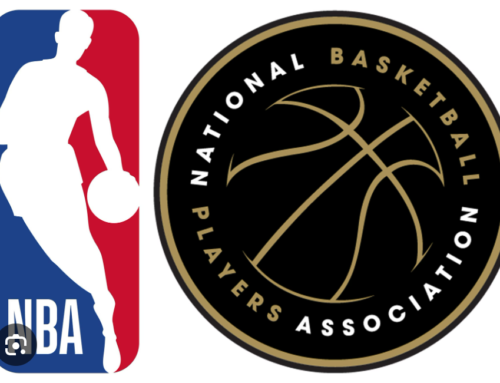Colin Maher, Salary Cap Strategist and Contributor to No Trade Clause
The 2023 CBA brought on several major changes significantly affecting the landscape of the League for years to come. Some changes were implemented immediately, while others will be implemented this offseason or the 2025-2026 season.
It’s time to revisit the biggest changes. Note this is not an exhaustive list of every change. The changes are split into the following categories:
- New Second Apron Limitations
- New Trade Limitations
- New Trade Ammunition
- Contract Terms and Negotiation
- Other Changes
- Increases Correlated with the Cap
NEW SECOND APRON LIMITATIONS
The end of the 2023-2024 Regular Season triggered the following additional roster-building restrictions for teams falling over the Second Apron:
- Aggregating salary in trade (i.e. team can’t combine smaller salaries to add up to the required outgoing salary);
- Using cash-in-trade;
- Acquiring a player using a Traded Player Exception where the player contract was signed as part of a Sign-and-Trade;
- Frozen Picks – If the team remains above the Second Apron on the last day of the regular season, the team’s pick in the 7th draft from such date is “frozen” (cannot be traded);
- Draft Pick Penalties – If the team is over the Second Apron in 2 of the 4 subsequent seasons after the pick was frozen, then the Frozen Pick moves to the end of the draft order.
- If, however, the team is under the Second Apron for 3 of those 4 seasons, the pick is unfrozen following the third season falling below the Second Apron.
NEW TRADE LIMITATIONS
Transitioning from the Transition TPE
The “Transition” TPE was implemented in the new CBA only through the 2023-2024 regular season. The Transition TPE allowed teams over the First Apron to acquire incoming salary up to 110% of their outgoing salary.
Now teams above the First Apron are left with the “Aggregated TPE” only allowing 100% of incoming salary in a trade. The Aggregated TPE is not available for teams over the Second Apron, meaning such teams cannot combine smaller salaries to reach the amount required in outgoing salary. They can only use the “Standard” TPE.
Subsequent Year Hard Cap Rule
If a team executes a trade (i) after the regular season, (ii) prior to the new salary cap year, (iii) that would be prohibited if exceeding the First or Second Apron, then that team is hard-capped under the applicable apron for the subsequent salary cap year.
For example, if a team were to use the Aggregated TPE explained above in June 2024, then the team would be “hard-capped” from exceeding the First Apron for the subsequent season (both at the time of the trade and for any future transactions during the 2024-2025 year).
NEW TRADE AMMUNITION
Cash-in-Trade Increase
The amount of cash that teams can use in a trade increases from $5 million to $7.5 million for the 2024-2025 salary cap year (and will adjust with the salary cap in subsequent seasons). As stated above, cash-in-trade is prohibited for teams falling over the Second Apron.
Exceptions Available for Trade
The Non-Taxpayer Mid-Level, Room, and Bi-Annual Exceptions can be used to acquire players via trades, provided the post-assignment salaries and unlikely bonuses in the first/current year and the remaining term of the contract do not exceed maximum amounts set for the applicable exception.
The exceptions are only available from the beginning of the salary cap year through the end of the regular season.
CONTRACT TERMS AND NEGOTIATION
Extend-and-Trade
The extend-and-trade limitations are increased for both years and salary. The extension can be for four years (increased from three years) and the first year of the extension can be 120% of the player’s prior salary (increased from 105%).
Negotiating with Soon to be Free Agent
If a Player is going to be a free agent (or could be a free agent as a result of an option or ETO) at the start of the new salary cap year and he finished the regular season on a team’s roster, the team and the Player are permitted to negotiate a new Player Contract after the conclusion of the NBA Finals.
Public Announcement of Agreement
A Player and his Agent are prohibited from announcing publicly they have reached an agreement with a team until after the end of the Moratorium Period if such contract cannot be signed during such time.
NBA DRAFT CHANGES
Because the 2023 CBA went into effect on July 1, 2023, this year’s draft will be the first to implement some of the new draft rules.
Health Records
Health records will be made automatically available to NBA teams drafting within the draft range of each NBA prospect, as set by the CBA.
G League Contracts
All Players who attended the NBA Draft Combine will be offered G League Contracts covering the following season.
OTHER CHANGES
Tax Bracket
The Tax Brackets, previously a fixed $5 million, will now expand at an increased rate in line with the percentage increase in the salary cap.
Minimum Team Salary / Revenue Share
A team failing to reach the minimum team salary threshold (90% of the salary cap) as of the start of the regular season will no longer be entitled to revenue sharing (dropping from 50% revenue sharing in 2023-2024).
INCREASES CORRELATED WITH THE SALARY CAP
The 2023 CBA implemented many thresholds/amounts that increase at the same rate as the Salary Cap each year:
- Apron Thresholds
- Tax Thresholds and Tax Brackets
- Cash-in-Trade (increased to $7.5 million for 2024-2025 season then adjusts at the same rate of the Salary Cap)
- BAE, Room, and Mid-level Exception Amounts
- Exhibit 10 Bonuses
- Two-Way Compensation Protection
- “Total Benefits” deducted from Two-Way Contracts






Leave A Comment